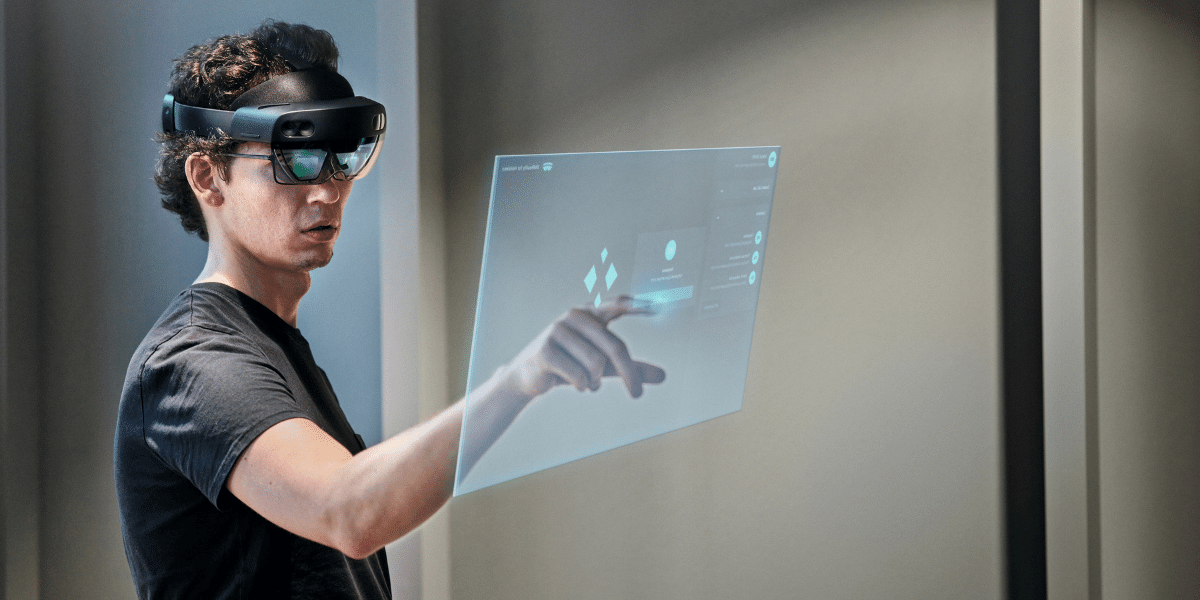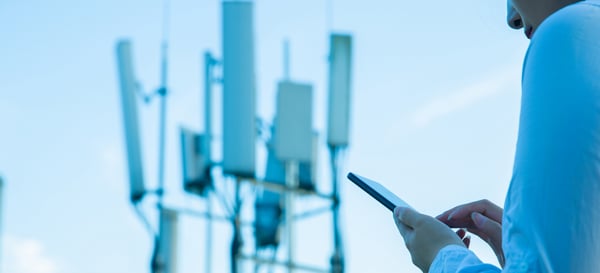XMReality now supports HoloLens 2, Microsoft’s latest smart glasses, increasing our hardware and software independence. This allows us to be present on the user’s choice of device and extend and advance our use cases: from onboarding new personnel to working through step-by-step instructions when assembling complex machinery. The hands-free usage provided through HoloLens 2 is an enabler of remote guidance, both in safety and efficiency aspects.








